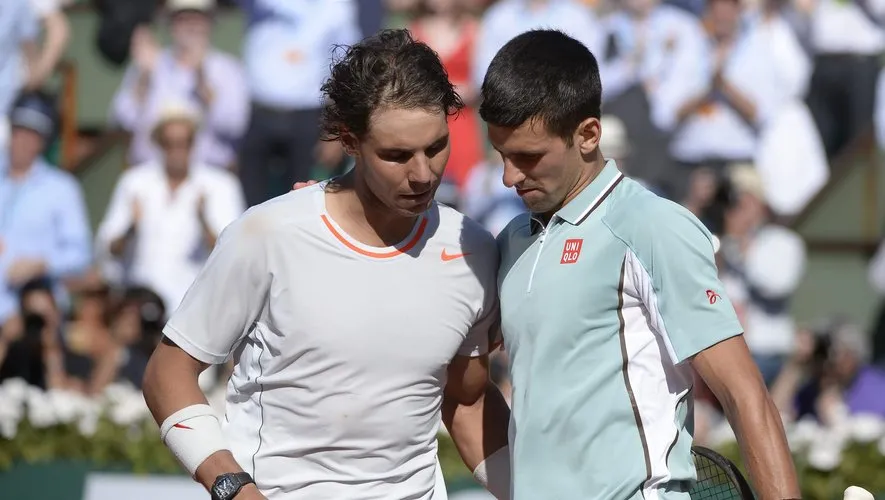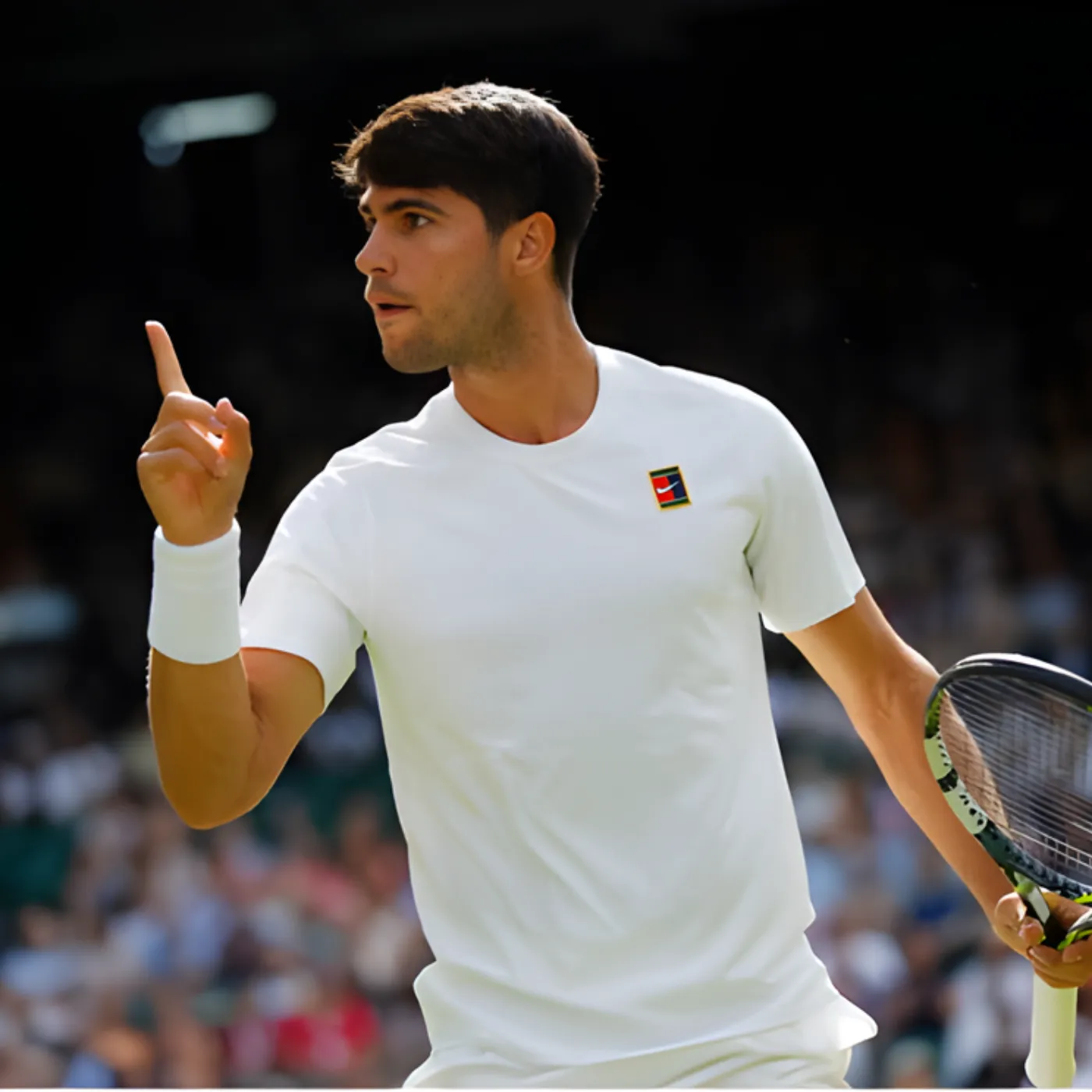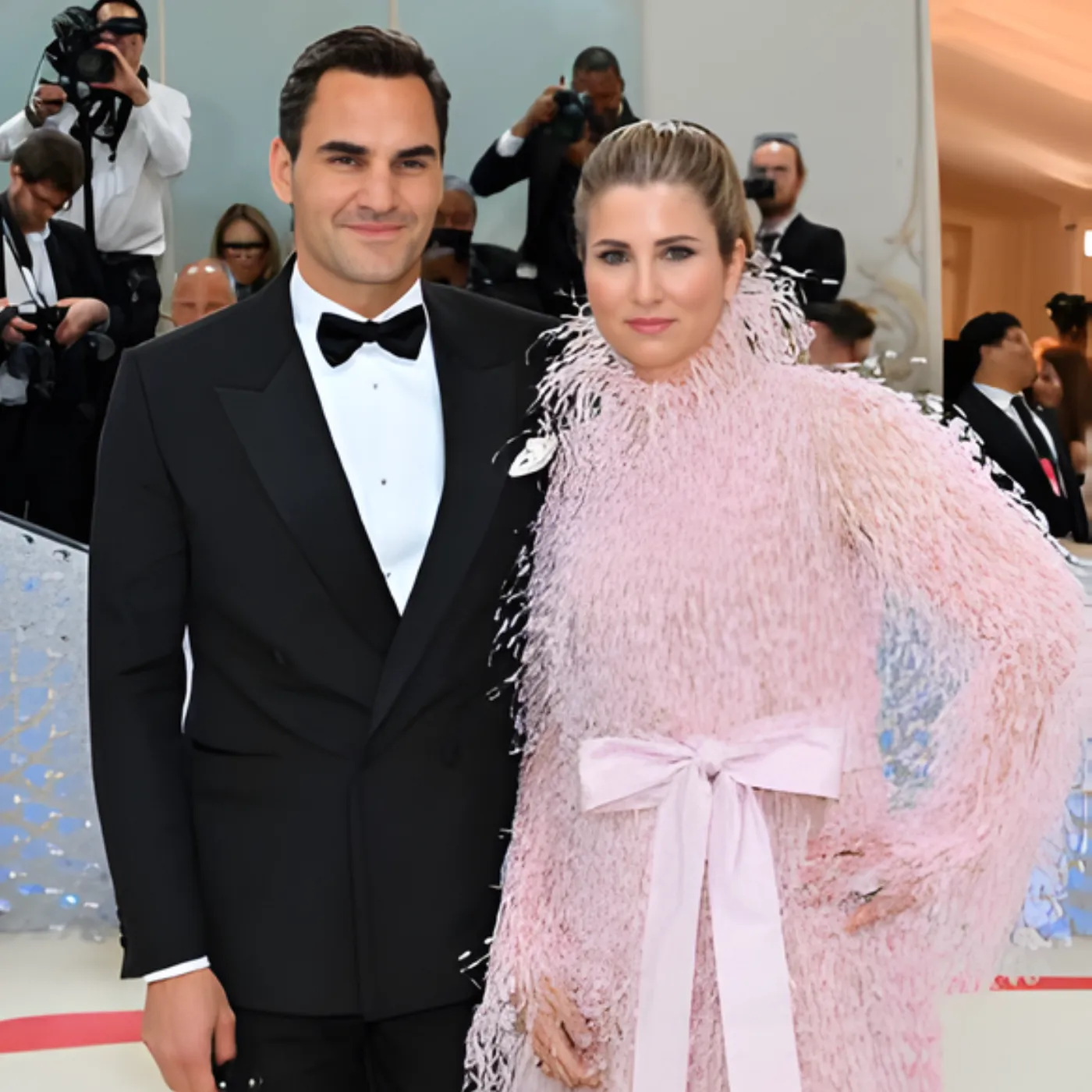

Novak Djokovic Faced Federer & Nadal 110 Times With the Crowd Against Him — And Still Dominated Like a True Mentality Monster
The Unique Challenge of Playing Against Federer and Nadal
When discussing the greatest rivalries in tennis history, the trilogy of Novak Djokovic, Roger Federer, and Rafael Nadal sits on top of the sport’s golden era. Yet, among the three legends, Djokovic has always faced the most daunting challenge — not just competing against Federer and Nadal on court, but also confronting the overwhelming support of the crowd that favored his rivals almost every single time. Across their 110 encounters, Djokovic was often treated as the outsider, even when his statistics and accomplishments were equaling or surpassing theirs.

Unlike Federer, whose effortless grace drew admiration, or Nadal, whose fiery spirit commanded respect, Djokovic’s rise was accompanied by skepticism. Fans cheered loudly for Federer’s silky one-handed backhand and Nadal’s relentless topspin forehand, while Djokovic was frequently met with silence or even boos after his winners. In this environment, he developed not only the technical excellence required to match two of the greatest players in history, but also the unshakable mental toughness to withstand adversity from all sides.
The Statistics Behind the Rivalries
The numbers alone paint a fascinating picture. Djokovic has played Federer 50 times and Nadal 59 times, making up a staggering 109 encounters against two players widely considered tennis royalty. Against Federer, Djokovic leads the head-to-head 27–23, while against Nadal, he holds a 30–29 advantage. These numbers are not only extraordinary in terms of volume but also because they showcase Djokovic’s ability to sustain success over nearly two decades.
Every match between these three legends has carried immense pressure, yet Djokovic consistently found ways to adapt. Federer’s artistry and Nadal’s brute physicality required completely different tactical approaches, but Djokovic managed to conquer both. What makes his achievement stand out is that he did it under the weight of constant psychological warfare — not only from the opponents across the net but also from the crowds who almost universally cheered for his rivals.
The Mentality Monster
To understand Djokovic’s greatness, one must look beyond his strokes and athleticism. What separates him is his mental resilience. Tennis, unlike many other sports, is brutally isolating. There are no teammates to lean on, no coaches allowed to speak during play, and no substitutes to provide rest. On top of that, when tens of thousands of fans are vocally against you, every double fault feels heavier, every unforced error more devastating.
Djokovic embraced this adversity and turned it into fuel. Instead of shrinking under the noise, he often seemed to thrive in hostile arenas, sharpening his focus and elevating his game when it mattered most. This is why commentators and fans alike have labeled him a “mentality monster”. His ability to silence the crowd with his play, to remain calm in the storm, and to repeatedly come back from impossible positions is unparalleled.
Iconic Matches That Define His Resilience
One of the most unforgettable examples came in the 2019 Wimbledon final against Federer. The match lasted nearly five hours and is regarded as one of the greatest finals in tennis history. Federer had two match points on his own serve in the fifth set. The Centre Court crowd at Wimbledon was desperate for Federer to clinch his ninth title, roaring with every point he won. Yet, Djokovic remained unshaken. He saved those match points, eventually winning the title in a historic tiebreaker at 12–12. While Federer received thunderous applause even in defeat, Djokovic stood with the trophy, embodying what it means to defy both opponent and audience.
Another example was the 2012 Australian Open final against Nadal. Lasting five hours and fifty-three minutes, it remains the longest Grand Slam final ever. The crowd leaned heavily toward Nadal, celebrating his grit and passion. Djokovic, however, endured every marathon rally, using his flexibility, movement, and iron will to outlast Nadal. When he collapsed to the ground after winning, his roar was not just about victory over Nadal, but about conquering the circumstances that seemed designed against him.
Why the Crowd Sided Against Djokovic
Many have asked why Djokovic never commanded the same universal adoration as Federer or Nadal. Federer, with his elegance, appealed to traditionalists who saw him as the perfect embodiment of tennis artistry. Nadal’s humility, intensity, and dominance on clay created a warrior-like image that fans respected deeply. Djokovic, however, disrupted this narrative. He came later, challenged their supremacy, and often shattered fan dreams of fairy-tale endings for their favorites.
The psychology of fandom meant Djokovic was cast as the “villain.” Fans wanted Federer and Nadal to continue their dominance, and Djokovic’s victories were often seen as intrusions. His passionate celebrations, chest-thumping, and sometimes confrontational energy only reinforced this perception. Yet, over time, many came to admire how he embraced the role of underdog, even when he was ranked world number one.
Longevity and Consistency
Another dimension of Djokovic’s dominance is his longevity. While Federer and Nadal both struggled with long injury absences in the later stages of their careers, Djokovic remained remarkably consistent, maintaining peak fitness and extending his prime into his mid-30s. This allowed him not only to surpass them in Grand Slam titles, but also to establish records for most weeks at world number one.
The remarkable part is that he achieved these feats while still fighting the perception of being the third wheel in the “Big Three” narrative. In truth, Djokovic transformed the Big Three into a Big One, statistically separating himself from Federer and Nadal despite the crowd’s enduring preference for his rivals.
The Symbol of Mental Strength in Sports
Djokovic’s story is more than just about tennis. It is a universal tale of resilience, persistence, and thriving under adversity. In sports psychology, the ability to manage pressure is often cited as the ultimate separator between good and great athletes. Djokovic has shown time and again that he doesn’t merely manage pressure — he feeds off it.
His ability to reset after failures, to find new motivation even after surpassing historical milestones, and to silence stadiums filled with rival supporters reflects an unparalleled mindset. For young athletes across all sports, Djokovic stands as an example of how mental fortitude can elevate natural talent into undisputed greatness.
Respect Earned Through Adversity
In recent years, the narrative around Djokovic has begun to shift. While he may never achieve the same universal adoration as Federer or Nadal, more fans are beginning to respect his extraordinary achievements. His willingness to face hostile environments without complaint, and his repeated success in those conditions, have softened perceptions. Even those who once cheered against him are starting to recognize the magnitude of his career.
Federer and Nadal themselves have openly acknowledged Djokovic’s greatness. Their mutual respect has helped frame him not as a villain, but as an essential pillar of tennis history. Together, the three have pushed each other to unprecedented heights, but Djokovic’s journey stands apart because of the constant battle against the court of public opinion.
The Legacy of a Mentality Monster
As Djokovic continues to compete and add to his already staggering record, his legacy becomes clearer. He will be remembered not just as the man who surpassed Federer and Nadal in numbers, but as the one who did it with the crowd against him almost every step of the way. He showed that greatness is not about universal love, but about resilience, focus, and the will to win regardless of circumstance.
In many ways, Djokovic redefined what it means to be an athlete. He is proof that sometimes, the toughest opponents are not just across the net, but in the thousands of voices rooting against you. His ability to overcome that and still dominate defines him as a true mentality monster, an athlete whose strength of mind will echo through sporting history.

Conclusion
Novak Djokovic’s career is one of relentless perseverance against odds that went far beyond the technical. Facing Federer and Nadal 110 times, he not only endured the greatest rivalries in tennis but also overcame the weight of being the underdog in the hearts of fans. Through it all, he rose above, winning more matches, more titles, and more respect than anyone could have imagined. His dominance is not just a testament to his skills, but to the mental fortitude that allowed him to silence stadiums and rewrite history.
As the final chapters of the Big Three era unfold, one truth remains unshakable: Novak Djokovic is not only one of the greatest players of all time, but also the ultimate symbol of what it means to have the mind of a champion. He faced the impossible, embraced the pressure, and emerged stronger every single time. In doing so, he left behind a legacy that will forever define him as tennis’s ultimate mentality monster.


















